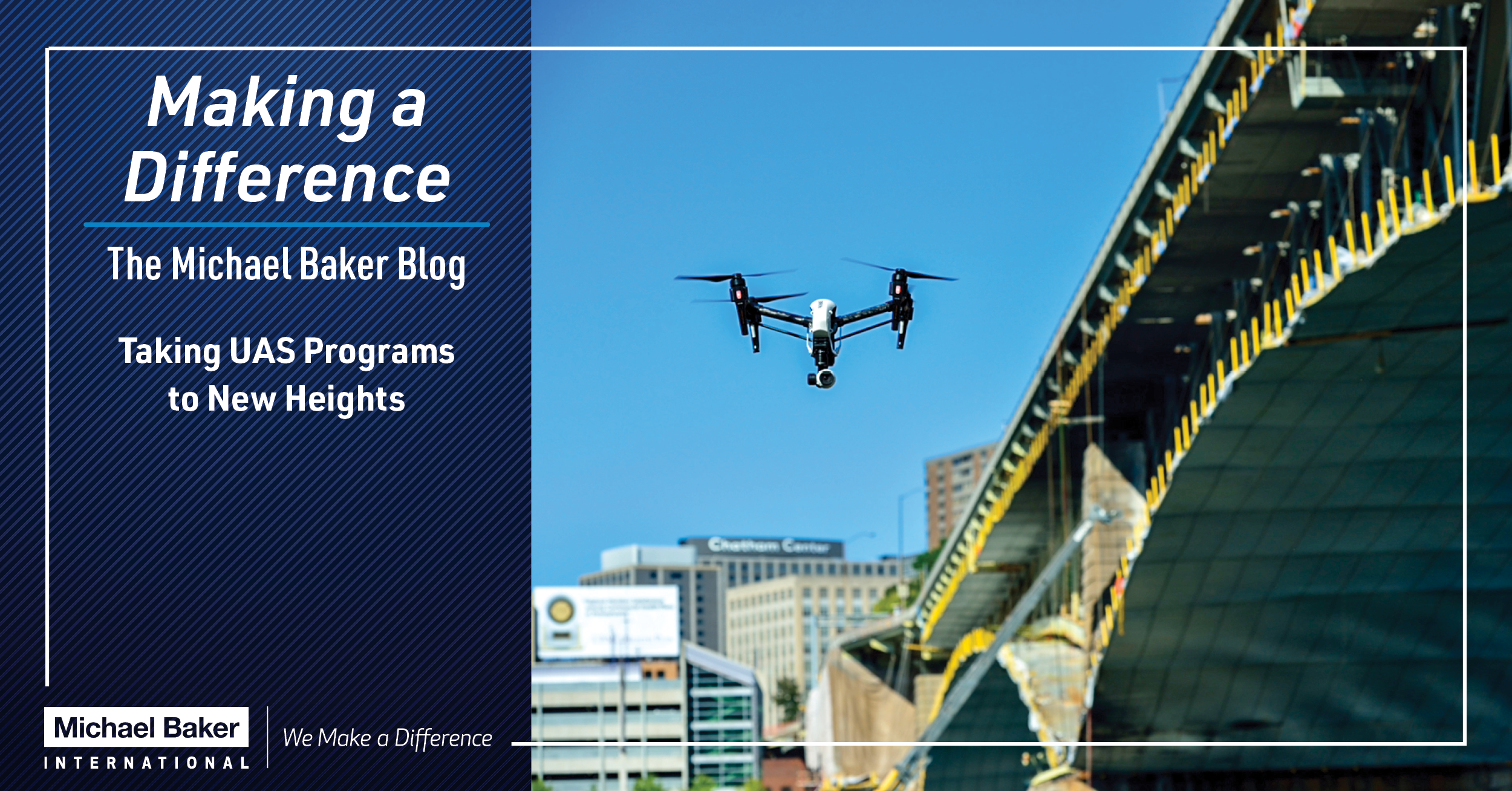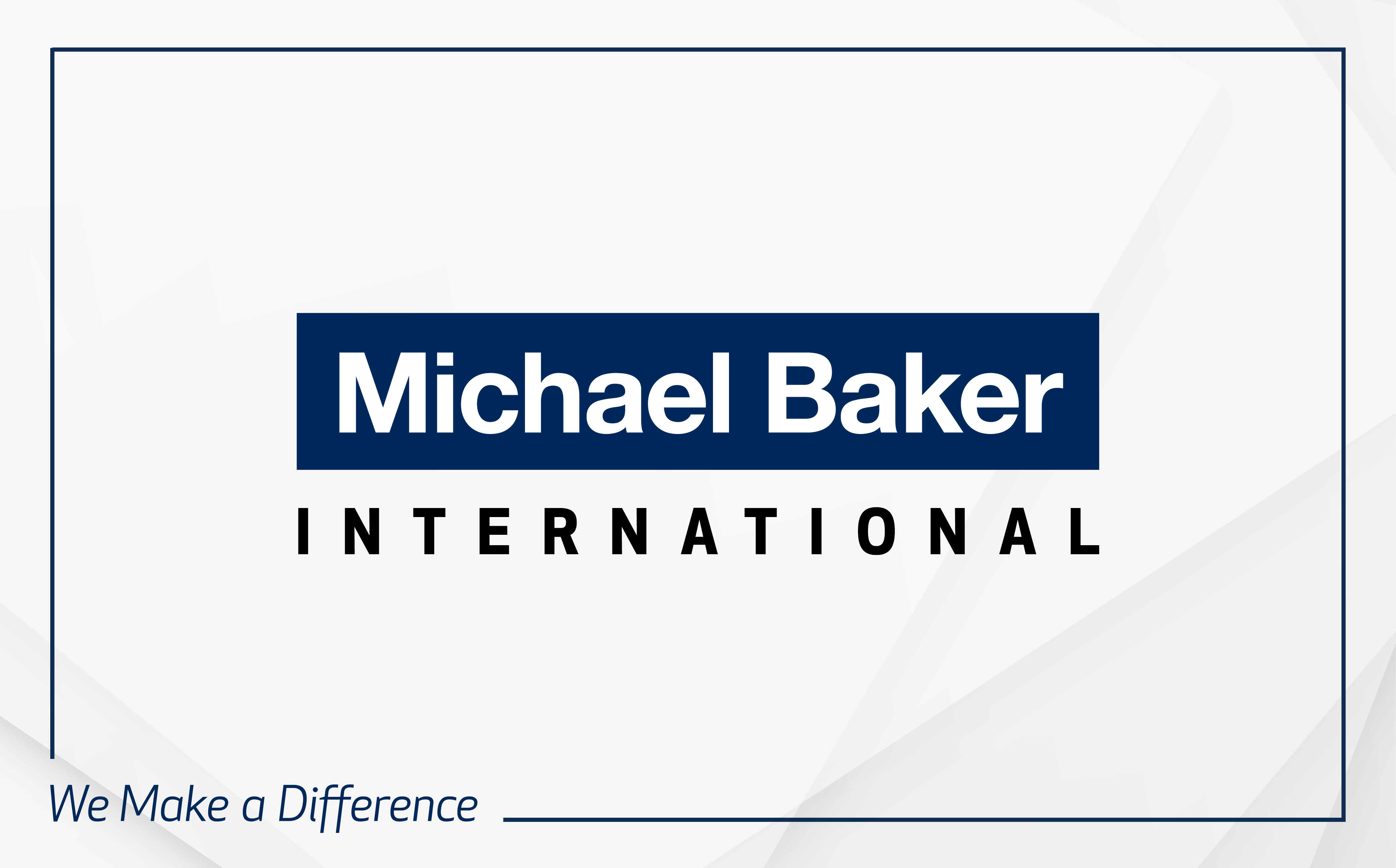Unmanned aerial systems (UAS) – or drones – are becoming increasingly popular for a variety of applications in the engineering and construction industry. These use cases include documenting a bird’s-eye view of construction progress, searching hard-to-reach regions during an emergency response, capturing high-quality data throughout bridge inspections, and even carrying a light detection and ranging (LiDAR) sensor to record information that can be used to make detailed 3D models.
However, as the use of UAS grows, program administrators at local, state and regional government agencies have begun to encounter challenges to utilizing this innovative technology to its fullest potential, such as:
- Managing geographically dispersed pilots: In many cases, UAS pilots operate across an agency’s jurisdiction, making it difficult for program administrators to oversee them directly. This can pose challenges with communications, as well as with ensuring that all pilots are following the same safety protocols.
- Varying skill level of pilots: New pilots are often, expectedly, less experienced in identifying potential risks and challenges in flight missions. This lack of experience can lead to a higher occurrence of near-misses, injury and damage to equipment.
- Standardizing documentation: Creating generalized mission documentation that is flexible for a variety of mission types, while remaining specific enough to capture necessary information, is a complex task. Program administrators could face receiving disparate, incomplete or insufficient documentation from their pilots if the documentation policies implemented are not done correctly.
- Storing mission documentation: Commonly used data storage systems do not always allow for easy visualization and understanding of program operations. This can lead to programs owning and generating large amounts of data, but never actually capitalizing on it or drawing insights from it.
A safe and successful UAS program has the potential to improve efficiencies, increase operational capabilities and provide significant cost savings, but in order to reap the benefits, these challenges must be overcome. To achieve this, government agencies can:
- Implement a centralized management system to allow program administrators to stay up-to-date with their pilots and mission operations.
- Develop a comprehensive training program for pilots to ensure that they are familiar with the proper operations and protocols, risks and challenges of flying UAS, and facilitate ongoing training and education.
- Create standardized mission documentation to make it easier for pilots to plan and execute missions. Program administrators must carefully consider the needs of the pilots and their organizations when developing this documentation.
- Store mission documentation in a way that is both efficient and secure.
- Utilize a data storage system that allows for easy visualization and understanding of program operations to track the progress of their program and identify any potential problems.
As one of the first in the engineering industry to receive certification from the Federal Aviation Administration (FAA) to operate several types of fixed-wing and vertical take-off and landing UAS, our team at Michael Baker is intimately familiar with overcoming these challenges as we continue to pioneer UAS in our work.
We know that while each of these program components can be developed individually, streamlined options also exist, creating a a one-stop-shop for pilots and program managers to oversee UAS projects and approvals. Solutions like vAIRifySM, Michael Baker’s software-as-a-service solution, allow program administrators to oversee their entire program, mitigate risk, standardize documentation and create a system of record through the use of a single interface.
As UAS programs continue to reach new heights, together we can use powerful insights to reduce risk and facilitate informed decision making.




